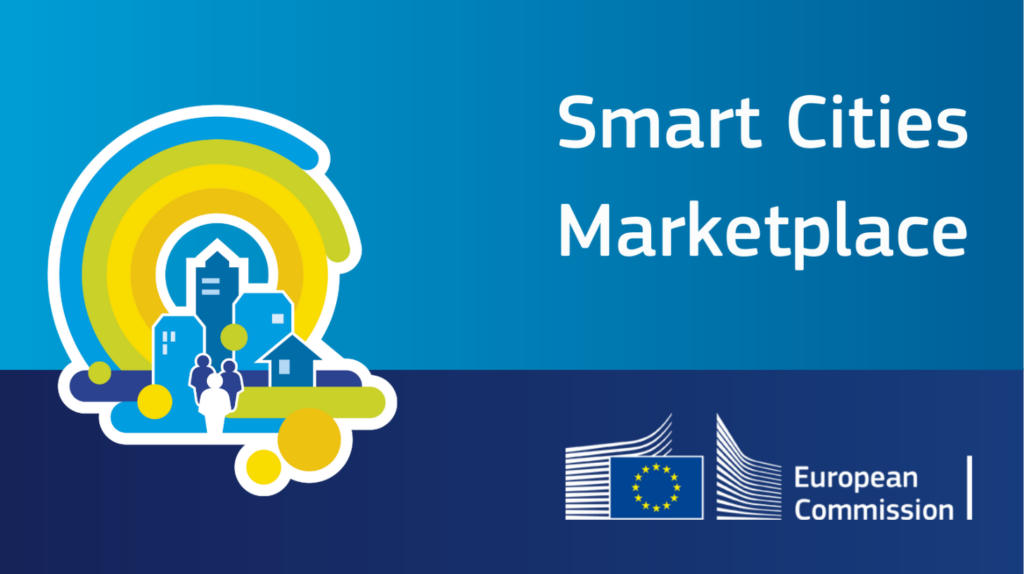The Green Cities consortium developed the blog post “European Best Practices: Inspiring Success Stories” under the EU-Funded Project Youth Participation for Developing Sustainable Green Cities (reference number: 2022-1-DE04-KA220-YOU-000085135). L4Y Learning for Youth GmbH is leading the project alongside partners Citizens in Power, Toplum Gönüllüleri Vakfı, Kean, Walktogether, and Kaán Károly Környezetvédelmi Egyesület.
This blogpost is based on the training content developed for the Green Cities project. For more content like this, click here. If you would like learn more about the topic, we suggest enrolling in our free online training course. In the platform, you will also find the full list of references and extra suggested reading material.
To keep up to date with the project news, follow our YouTube Channel, as well as the project’s social media pages X and Instagram. Additonally, you can also join our Discord community.
Introduction
Cities across Europe are adopting smart city technologies to create sustainable, efficient, and livable urban environments. Therefore, this blog post explores European best practices in smart city development, showcasing innovative initiatives from Amsterdam, Barcelona, Copenhagen, Helsinki, Stockholm, Tallinn, Zurich, Oslo, Ljubljana, and Bilbao. Moreover, understanding these examples can provide valuable insights for other cities aiming to implement similar strategies.
European Best Practices: Amsterdam, Netherlands
Amsterdam is renowned for its forward-thinking approach to smart city development, focusing on sustainability, innovation, and citizen engagement. The city’s initiatives include smart mobility solutions such as bike-sharing programs and electric vehicle infrastructure. Furthermore, sustainable urban planning strategies like green roofs and rainwater harvesting are integral to Amsterdam’s approach. Consequently, Amsterdam’s efforts have earned it recognition as one of Europe’s leading smart cities.
European Best Practices: Barcelona, Spain
Barcelona is at the forefront of smart city innovation in Europe, with a focus on citizen-centric initiatives and digital transformation. The city has implemented smart solutions in areas such as mobility, energy, and public services. These include smart parking systems, energy-efficient street lighting, and digital platforms for citizen engagement. Therefore, Barcelona’s smart city approach emphasizes sustainability, resilience, and social inclusion.
European Best Practices: Copenhagen, Denmark
Copenhagen is leading the way in sustainable urban development and smart city solutions. The city’s initiatives include smart transportation systems such as cycling infrastructure and electric public transit. Additionally, renewable energy projects and green building standards are key components. Consequently, Copenhagen’s commitment to sustainability and quality of life has made it a model for smart cities worldwide.
European Best Practices: Helsinki, Finland
Helsinki is recognized for its innovative smart city initiatives focused on sustainability, digitalization, and citizen well-being. The city has implemented smart solutions such as energy-efficient buildings, smart waste management systems, and digital healthcare services. Moreover, Helsinki’s smart city approach emphasizes data-driven decision-making, collaborative governance, and social equity.
European Best Practices: Tallinn, Estonia
Tallinn is known for its innovative e-governance initiatives and digital transformation efforts. The city has implemented smart solutions such as digital public services, e-voting systems, and smart transportation platforms. Therefore, Tallinn’s smart city approach emphasizes digital inclusion, transparency, and efficiency in city management.
European Best Practices: Ljubljana, Slovenia
Ljubljana has earned recognition for its sustainable urban development and smart city initiatives. The city’s initiatives include smart transportation systems such as pedestrian-friendly streets and electric vehicle infrastructure. Additionally, renewable energy projects and green building standards are crucial. Therefore, Ljubljana’s smart city approach emphasizes environmental sustainability, cultural heritage preservation, and community engagement.
Conclusion
These examples illustrate the diverse approaches to smart city development across Europe, showcasing how cities are leveraging technology, sustainability, and innovation to create more livable, resilient, and inclusive urban environments. By adopting these European best practices, other cities can learn valuable lessons and implement similar strategies to enhance their own urban development.













